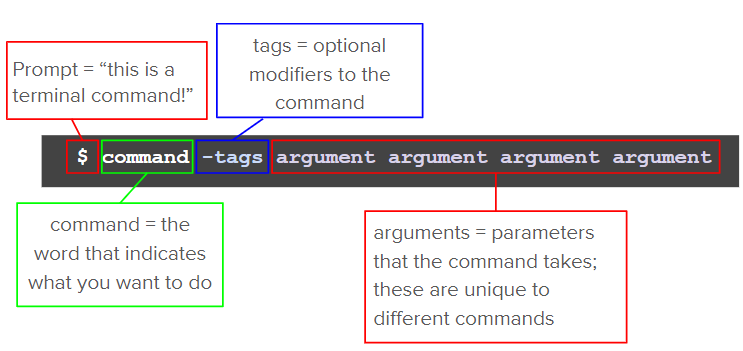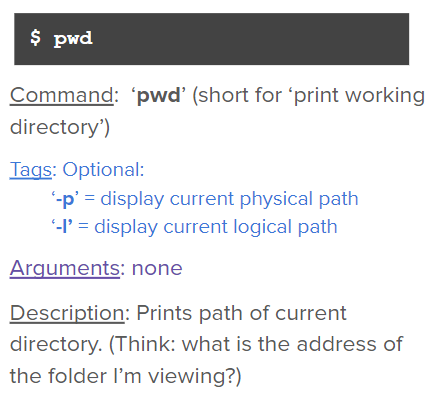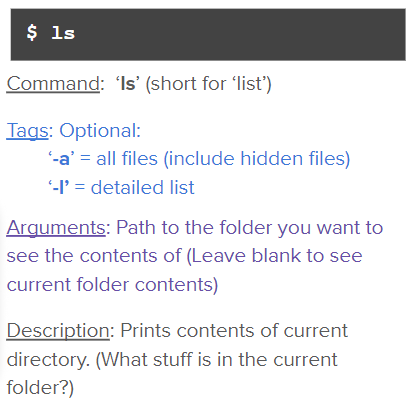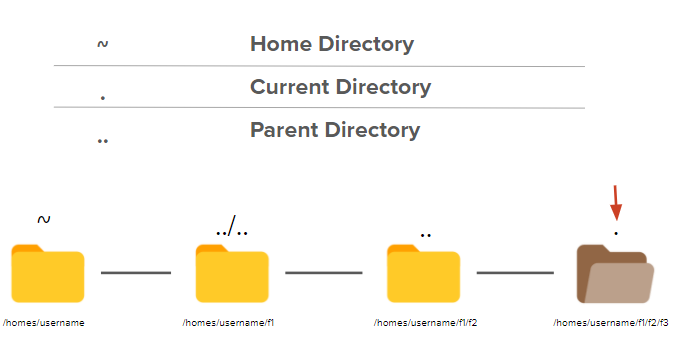Using Terminal
Learn how to efficiently use terminal
What is Terminal?
When you use the terminal, you talk more directly with your computer. Think of it as a more powerful (but less friendly) finder/file explorer.
Why Use Terminal?
There are many benefits of using Terminal! Here are some important points:
- Accessibility to programmers - with terminal, you can do important things like compile source code, access other computers, and launch programs without having to open up any other programs
- Versatility + Customizability - Say you want to move all files that start with ‘cool’ and end with ‘.gif’ into a folder called ‘cool gifs’. With terminal, this is one command!
- Purdue CS and terminal - Most courses will have projects/tests/homeworks that assume terminal knowledge
How Do I Open a Terminal Window?
There are lots of options for Windows and Mac computers to open a terminal window! For Windows, you can open the Command Prompt program to open a terminal window and the equivalent program on Mac is Terminal. Alternatively, there are many other programs you can download such as Git Bash, which gives you a Bash terminal with extra Git functionalities.
Now What?
For many, the interface of a terminal window can be confusing at first. To utilize terminal, you must type in UNIX commands. Remember that when you’re moving around in terminal, you are essentially ‘clicking’ folders and files like you would in File Explorer/Finder. The way you’ll be interacting with terminal is by giving it commands. Here’s the basic structure of Linux commands:

It’ll be helpful to get comfortable with moving around with terminal before learning more difficult actions. Here’s some important commands to help you get comfortable with navigating with terminal:




More Commands
As mentioned before, one of the important benefits of using terminal is that it gives you a lot of flexibility and options- that means there are way too many available commands to talk about in this article! To get started, check out our terminal guide that’ll give you some of the important UNIX commands. You can find another helpful guide here or check out our terminal cheatsheet here
If you want more information about a command, use the command man
Was this page helpful?
